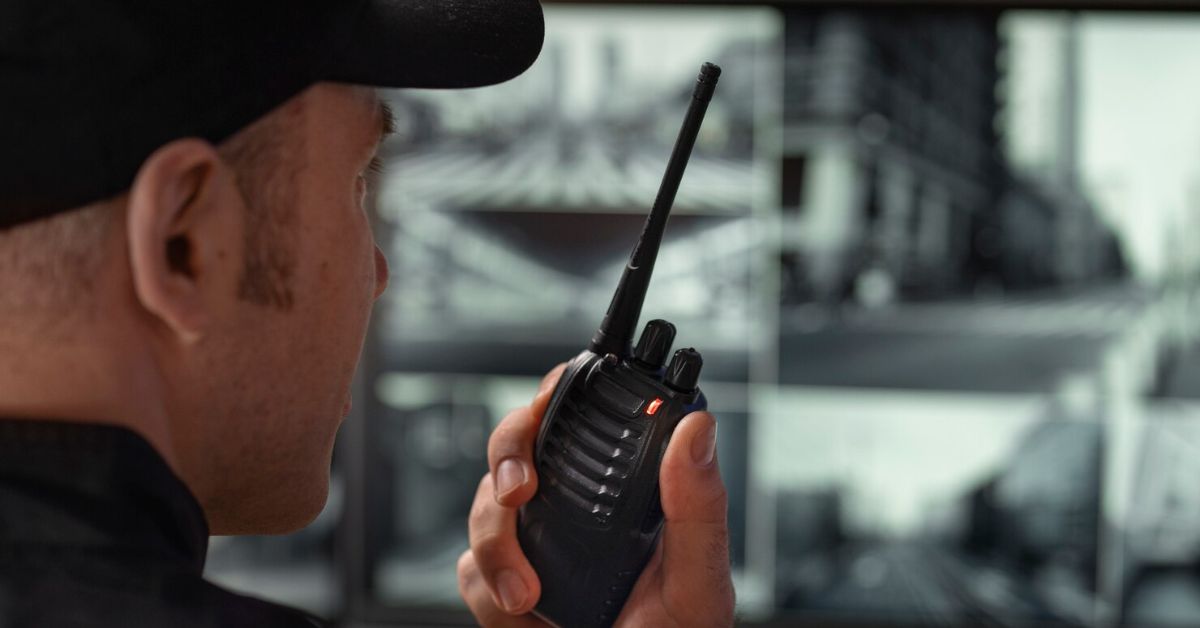Why Event Security Is More Than Just Having Guards on Site

Introduction
When orchestrating a successful event, attendee safety is a top priority. All gatherings carry unique risks and potential hazards, from concerts and sporting events to corporate conferences and private parties. While many people may think of event security simply as having guards stationed at entrances or scattered throughout a venue, the reality is that effective protection requires a multi-layered approach. Modern event planners increasingly turn to specialized solutions like event security Michigan to integrate advanced technology, thorough protocols, and actionable planning into their security frameworks. This comprehensive strategy not only protects guests, staff, and performers but also preserves
Comprehensive Risk Assessment
Every venue and event presents distinctive challenges and risks, so conducting an exhaustive risk assessment is the essential first step. This evaluation examines the venue’s layout, available access points, emergency exits, surrounding areas, and the event’s specific guest profile and activities. Due to their distinct characteristics, large-scale festivals, political rallies, and small local meetings all require a custom-tailored approach. By thoroughly identifying vulnerabilities—from potential unauthorized entry points or poorly lit parking areas to bottlenecks and crowd flow challenges—organizers can prioritize resources where they will make the greatest difference and develop customized strategies that address likely scenarios. Ignoring this crucial process can expose guests and staff to avoidable risks.
Risk assessment is never a one-size-fits-all approach.
Advanced Access Control Measures
Restricting access to an event is no longer about just checking names off a paper list or handing out generic tickets. Today, effective access control utilizes multi-tier verification processes designed to maximize safety and efficiency. This can include color-coded wristbands corresponding to different permission levels, RFID scanners that track entrances and exits in real time, or even biometric verification for the most exclusive, high-security events. These advanced measures also help prevent scalping or ticket fraud, which has become a concern for high-demand public events and private functions.
Integration of Technology
Technology is rapidly transforming how modern event security issues are addressed, introducing new opportunities for prevention and rapid response. Modern surveillance systems now include high-definition cameras, wide-angle coverage, and night-vision capability to monitor every corner of a venue. Real-time communication tools, handheld devices, metal detectors, and increasingly, artificial intelligence-powered video analytics form a reliable technological backbone for keeping large crowds under watch. For instance, intelligent camera systems can scan venues in real time, automatically spotting suspicious activity, tracking unattended objects, and alerting security staff before a situation escalates.
Emergency Response Planning
Even with robust prevention measures in place, medical, environmental, or security-related emergencies can still occur, so a well-rehearsed emergency response plan is a must-have for all event organizers. Clear evacuation routes, prominently marked and unobstructed exits, and easily accessible medical stations are the foundation of a sound emergency response. Liaising with local police, fire, and emergency medical agencies long before the event begins ensures that outside support is immediate and effective when the pressure is on. Regular drills and walkthroughs keep staff and volunteers trained and updated on their roles, ensuring that actions are coordinated, fast, and effective in reducing risk and panic among attendees.
Crowd Management Strategies
The larger the crowd, the greater the need for effective and sophisticated crowd management strategies. Trained personnel are critical in directing traffic, minimizing congestion, and de-escalating conflicts or heated incidents before they can endanger others. Strategic barriers, clear and highly visible signage, designated security zones, and timed entry programs contribute to smoother crowd flow and reduced tension among attendees. As studies from trusted experts like Forbes highlight, a structured approach to crowd management reduces the likelihood of trampling, fighting, hazardous overcrowding, or dangerous stampedes when large numbers of people act unpredictably.
Beyond physical barriers, clear communication is essential for crowd management. Announcements made through PA systems or event apps can inform guests about schedules, weather updates, or route adjustments. By anticipating crowd surges and planning alternate pathways or holding areas, organizers ensure that even the busiest times—such as entrances, exits, or intermissions—remain orderly and safe.
Collaboration with Event Planners
Early and frequent collaboration between security professionals and event planners is vital for integrating safety protocols into every detail of the planning process. Security input on floor plans, stage placement, vendor areas, guest registration processes, and traffic routes allows planners to design events where protection measures exist naturally, not as last-minute add-ons. This level of cooperation helps maintain operational flow. It avoids last-minute surprises that could compromise safety. Regular check-ins and adaptability ensure that any changes—a revised schedule, new vendors, added attractions, or weather-related needs—are immediately factored into the security matrix, leaving zero gaps in coverage.
Conclusion
Event security is an intricate, continually evolving field that demands more than just stationing guards at doors. In the face of complex threats, larger crowds, and rapidly changing event landscapes, the old way of handling event security is no longer sufficient. Combining rigorous initial assessments, advanced access controls, cutting-edge surveillance, robust emergency planning, and seamless teamwork between security and event planners provides a holistic approach necessary for today’s events. By weaving together these vital strategies, event organizers create safe venues and foster enjoyable, memorable, and successful experiences for every attendee, performer, and partner involved.


